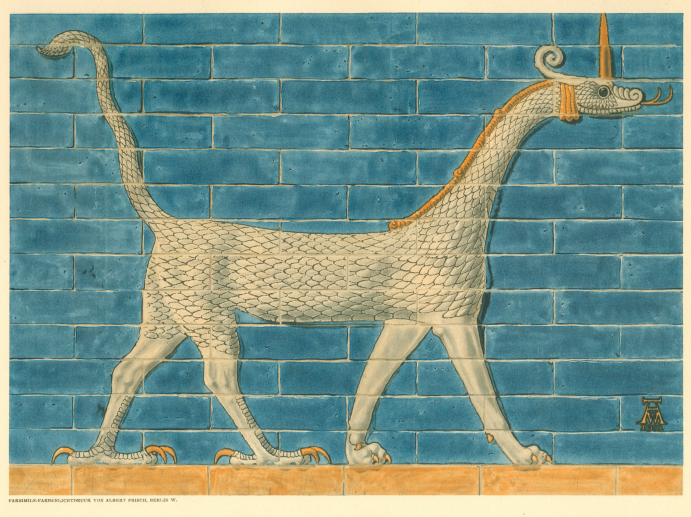Babylon was an ancient city located on the lower Euphrates river in southern Mesopotamia, within modern-day Hillah, Babil Governorate, Iraq about 85 kilometers south of modern day Baghdad. Babylon functioned as the main cultural and political centre of the Akkadian-speaking region of Babylonia. Its rulers establishing two important empires in antiquity, the 19th–16th century BC Old Babylonian Empire, and the 7th–6th century BC Neo-Babylonian Empire.
Situated 85 km south of Baghdad, the property includes the ruins of the city which, between 626 and 539 BCE, was the capital of the Neo-Babylonian Empire. It includes villages and agricultural areas surrounding the ancient city. Its remains, outer and inner city walls, gates, palaces and temples, are a unique testimony to one of the most influential empires of the ancient world. Seat of successive empires, under rulers such as Hammurabi and Nebuchadnezzar, Babylon represents the expression of the creativity of the Neo-Babylonian Empire at its height. The city’s association with one of the seven wonders of the ancient world the Hanging Gardens has also inspired artistic, popular and religious culture on a global scale.

Lion of Babylon is a stone sculpture, over 3,600 years old, that was found in the ancient city Its discovery was first documented in 1817 although it may have been seen as early as 1790 by Joseph de Beauchamp

Birs Nimrud, traditional tower of Babel-imposing ruins at Barsifa
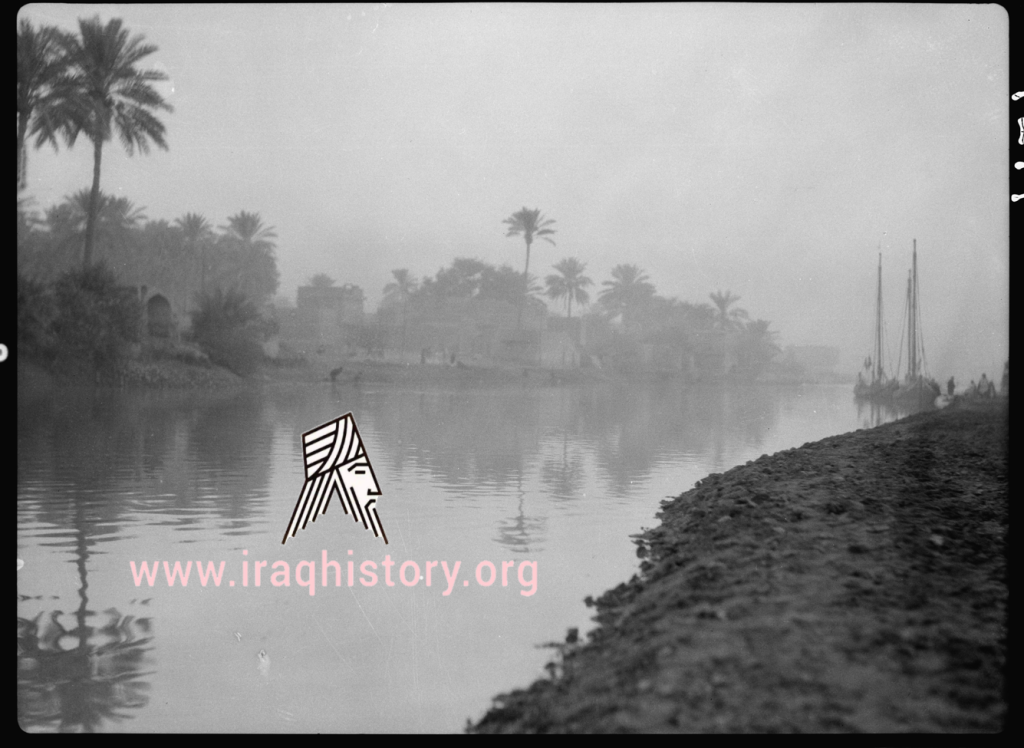
Euphrates River Babylon
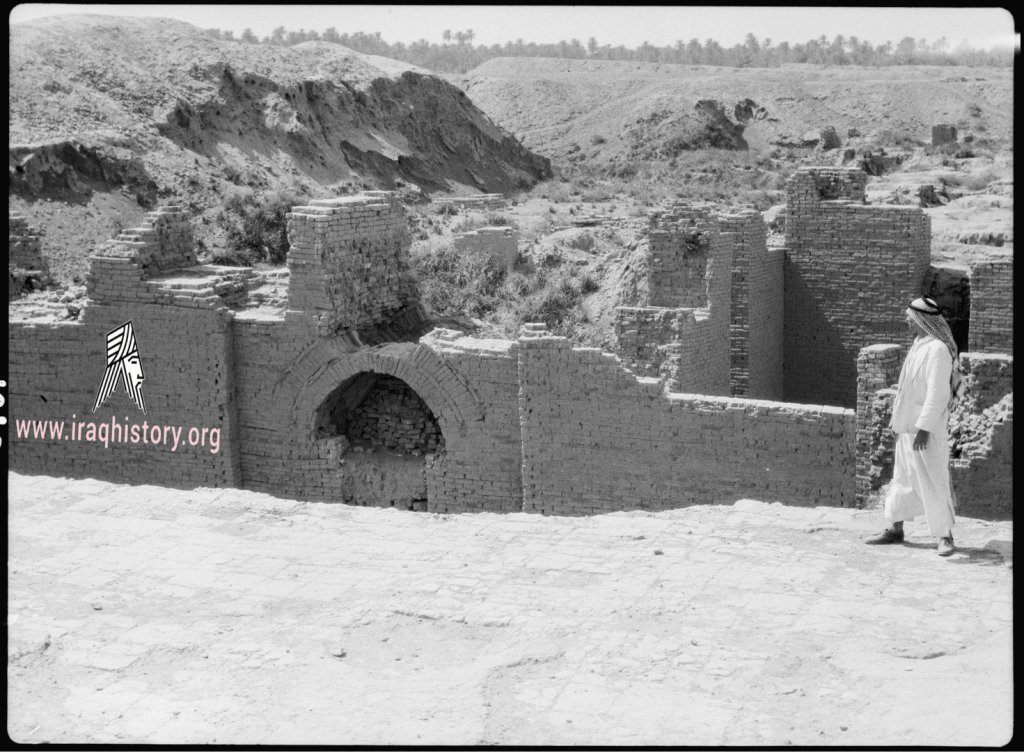
The ancient city of Babylon
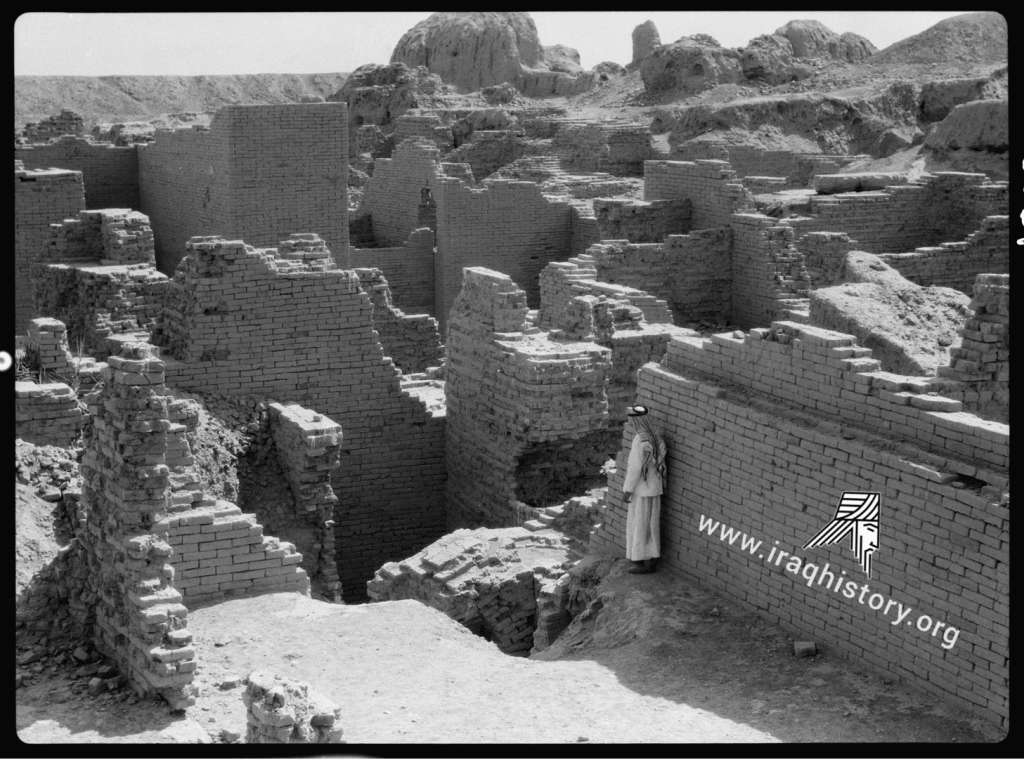
The ancient city of Babylon
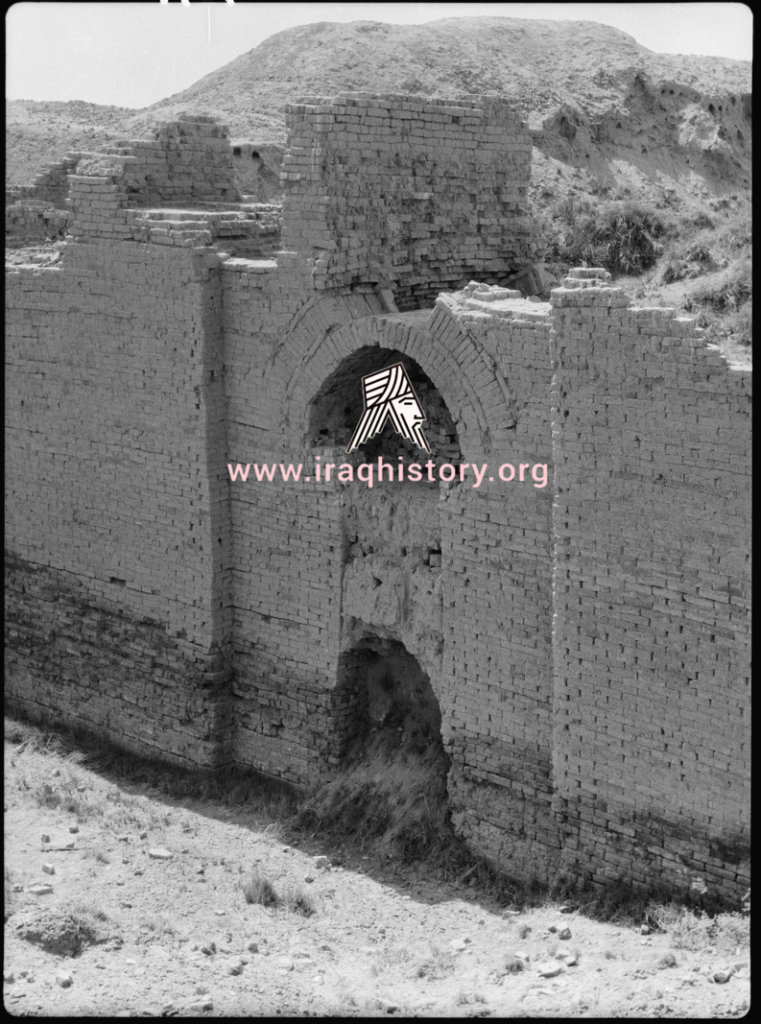
The ancient city of Babylon
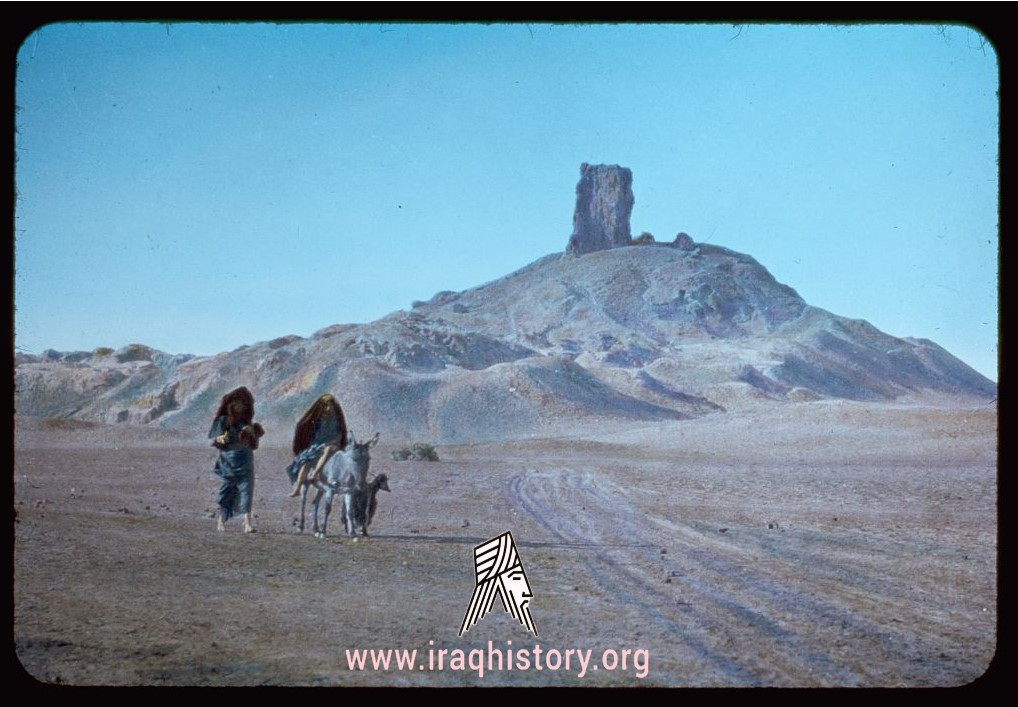
Borsippa or Birs Nimrud
is an archeological site in Babylon Governorate. The ziggurat is today one of the most vividly identifiable surviving ones, identified in the later Arabic culture with the Tower of Babel due to Nebuchadnezzar referring to it as the Tower of Borsippa or tongue tower, as stated in the stele recovered on site in the 19th century. However, modern scholarship concludes that the Babylonian builders of the Ziggurat in reality erected it as a religious edifice in honour of the local god Nabu, called the “son” of Babylon’s Marduk, as would be appropriate for Babylon’s lesser sister-city.
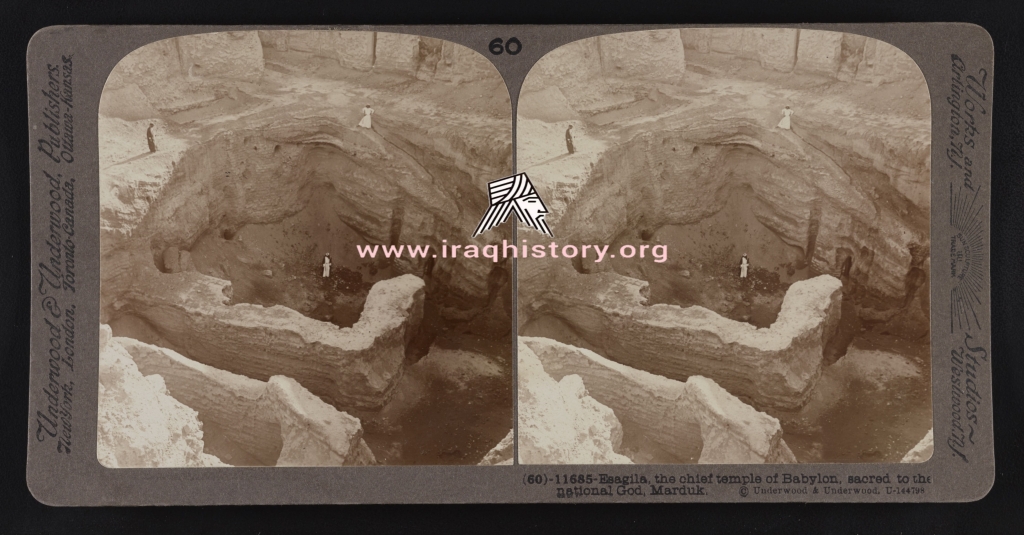
Esagila Marduk Temple
In this temple was the statue of Marduk, surrounded by cult images of the cities that had fallen under the hegemony of the Babylonian Empire from the 18th century BC; there was also a little lake which was named Abzu by the Babylonian priests. This Abzu was a representation of Marduk’s father, Enki, who was god of the waters and lived in the Abzu that was the source of all the fresh waters
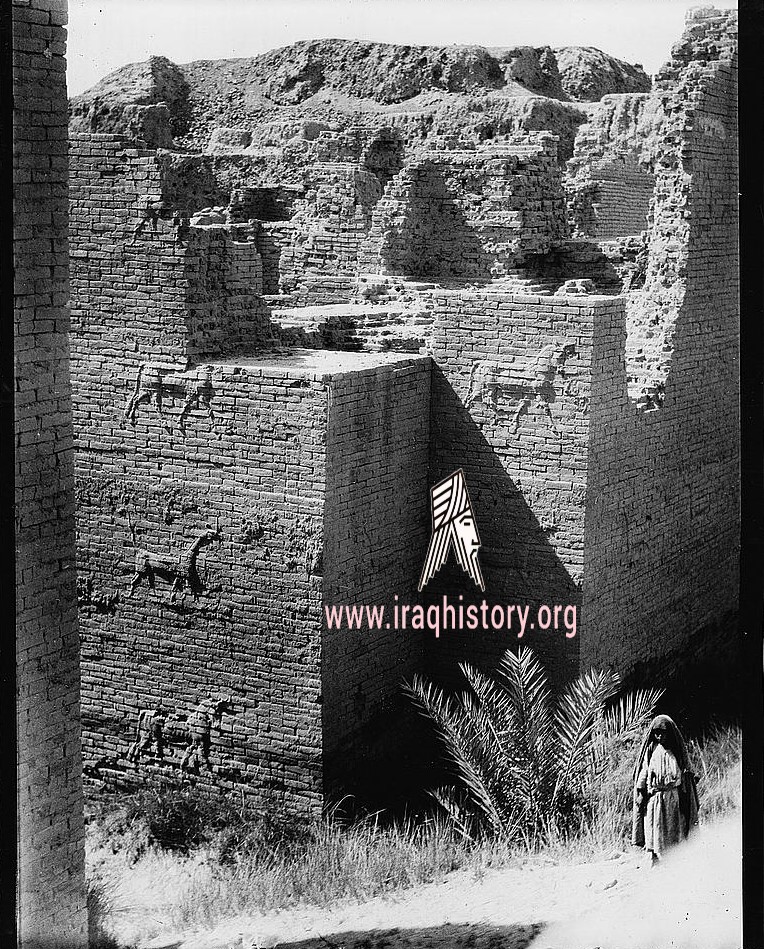
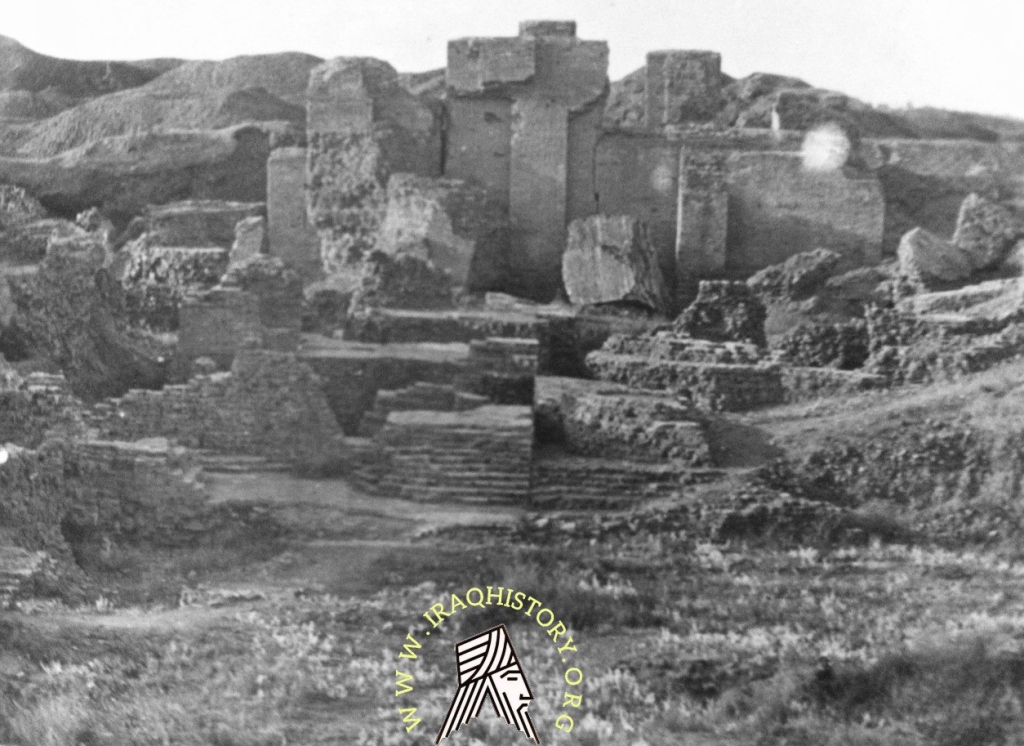
Babylon 1943
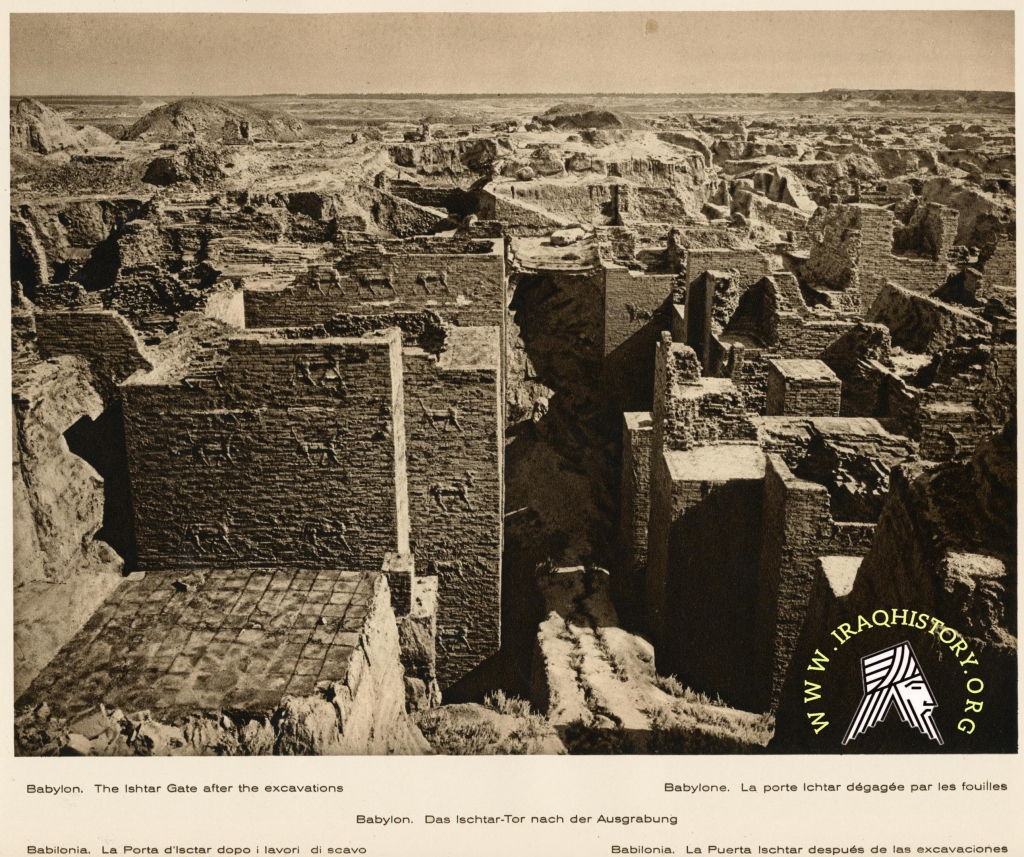
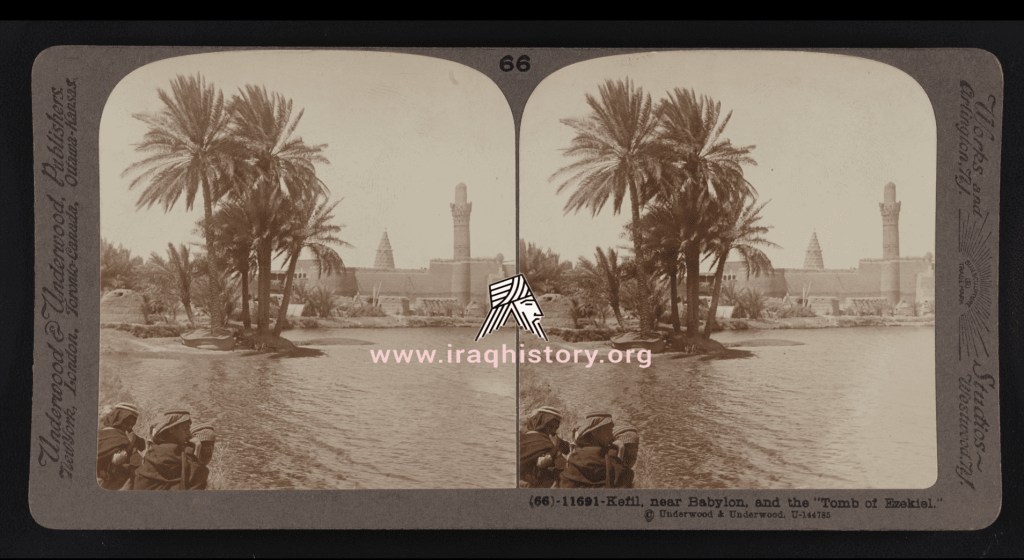
heskeal
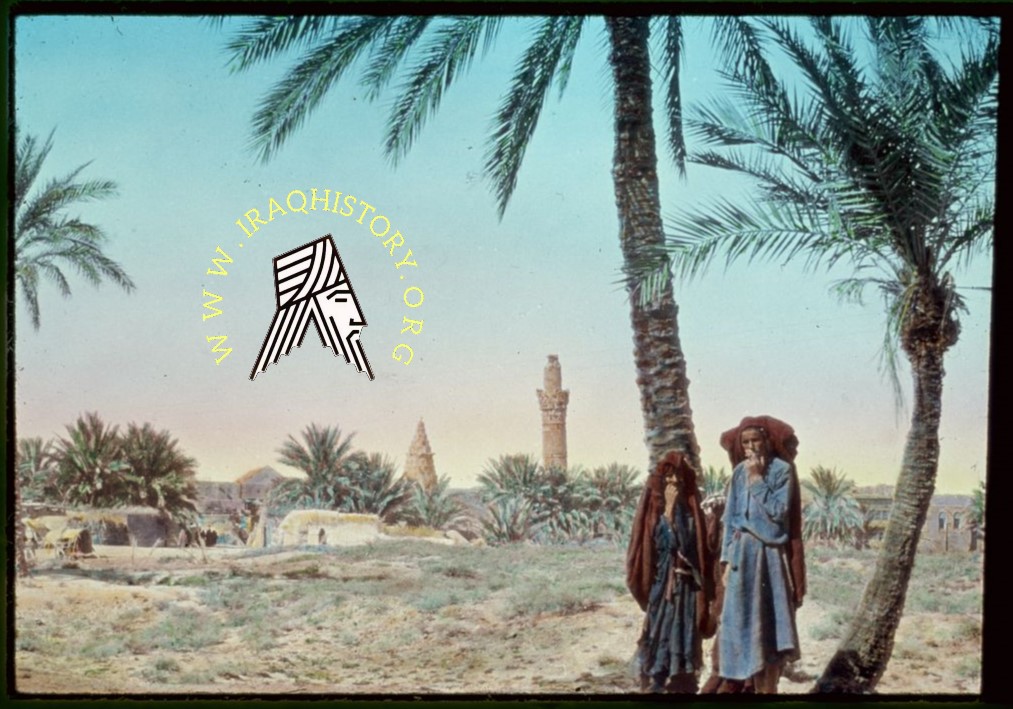
Iraq (Babylonia). Kifl, shrine to Ezekiel
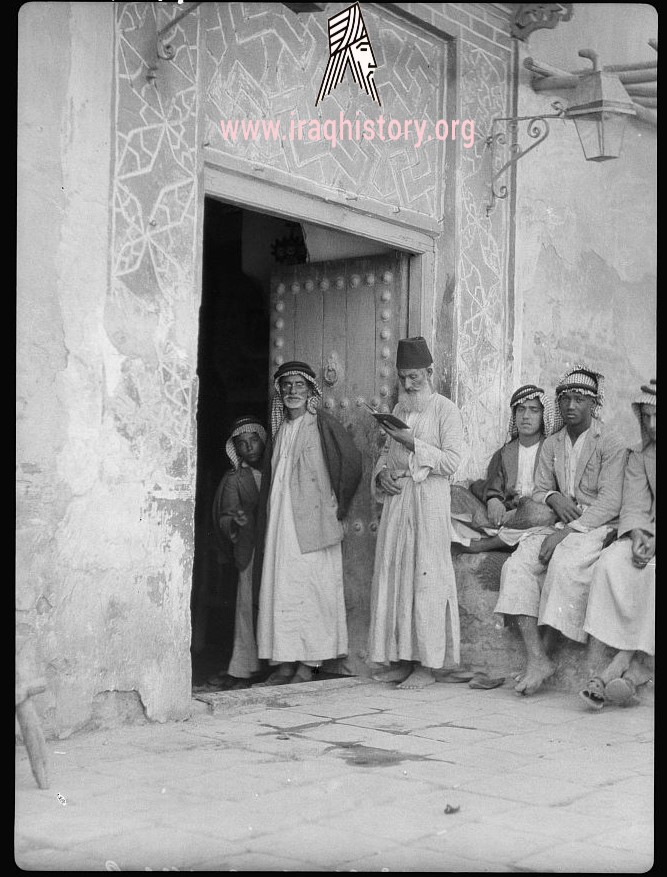
Iraq. Kifl. village with a Jewish shrine to the prophet Ezekiel. Entrance to shrine of Exekiel the prophet
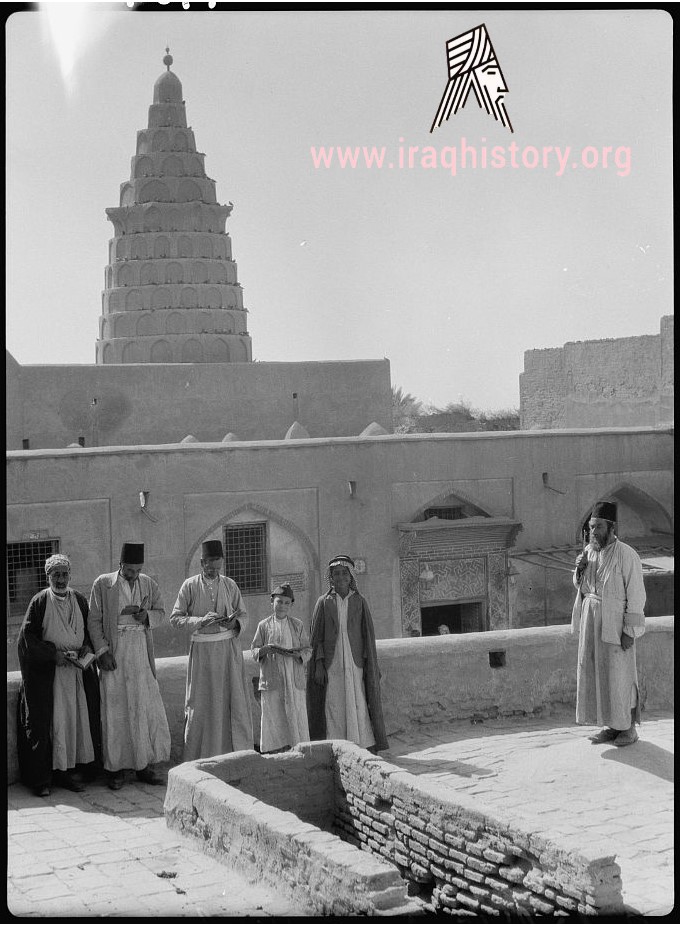
Iraq. Kifl. Native Moslem village with a Jewish shrine to the prophet Ezekiel. Ezekiel’s tomb with rabbi caretakers
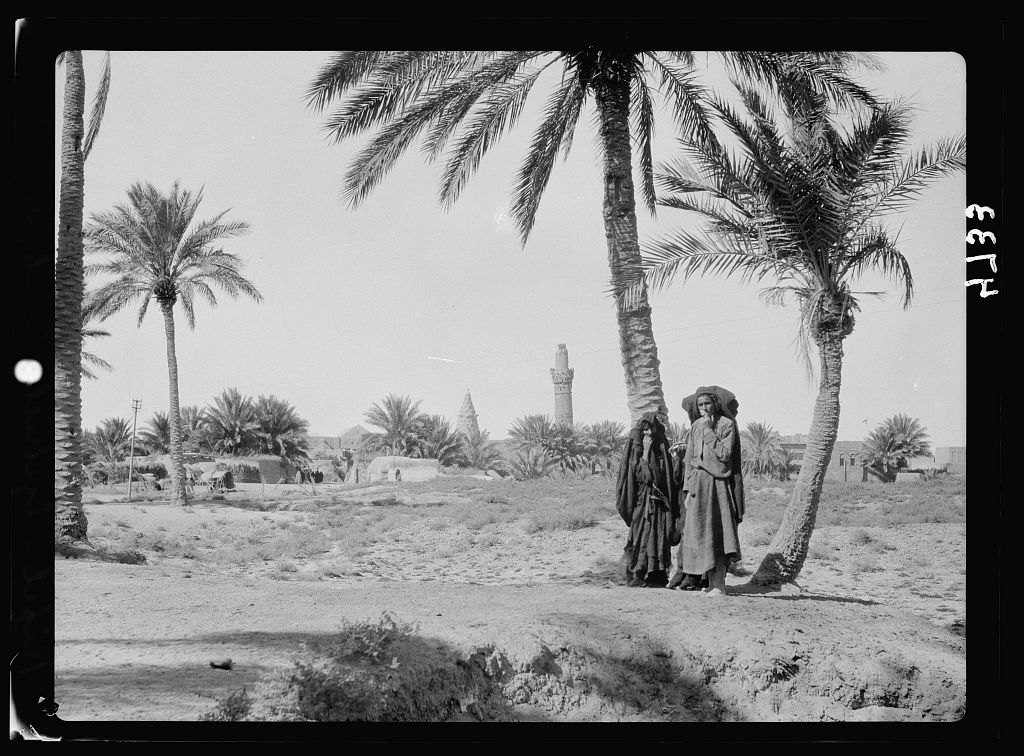
Iraq. Kifl Muslim village with a Jewish shrine to the prophet Ezekiel. General view showing shrine of Ezekiel and moslem minaret
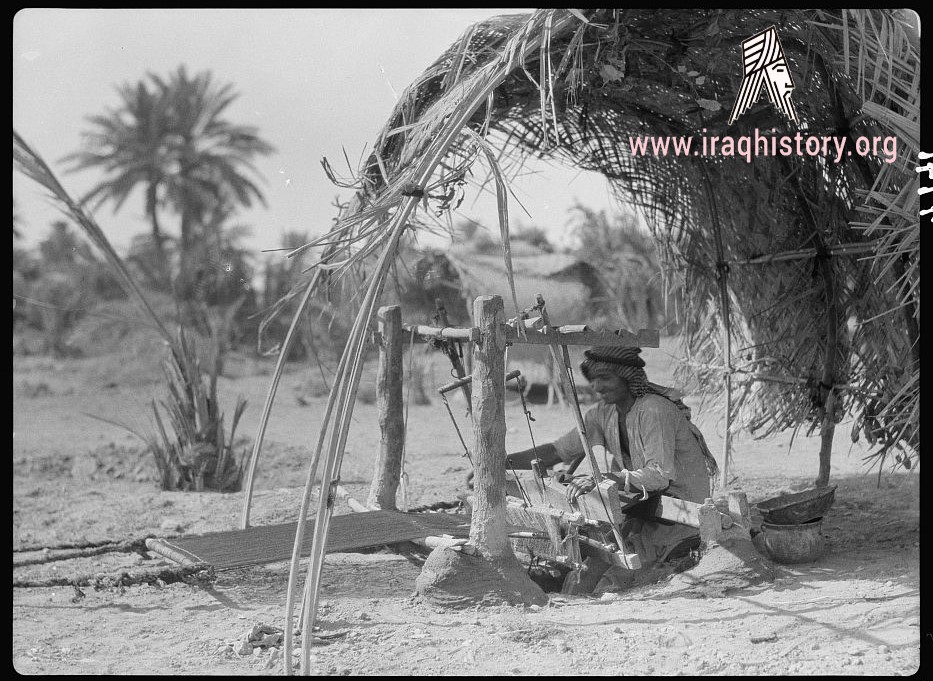
Iraq. Kifl. Muslim village with a Jewish shrine to the prophet Ezekiel. Native weaver. At work on his loom
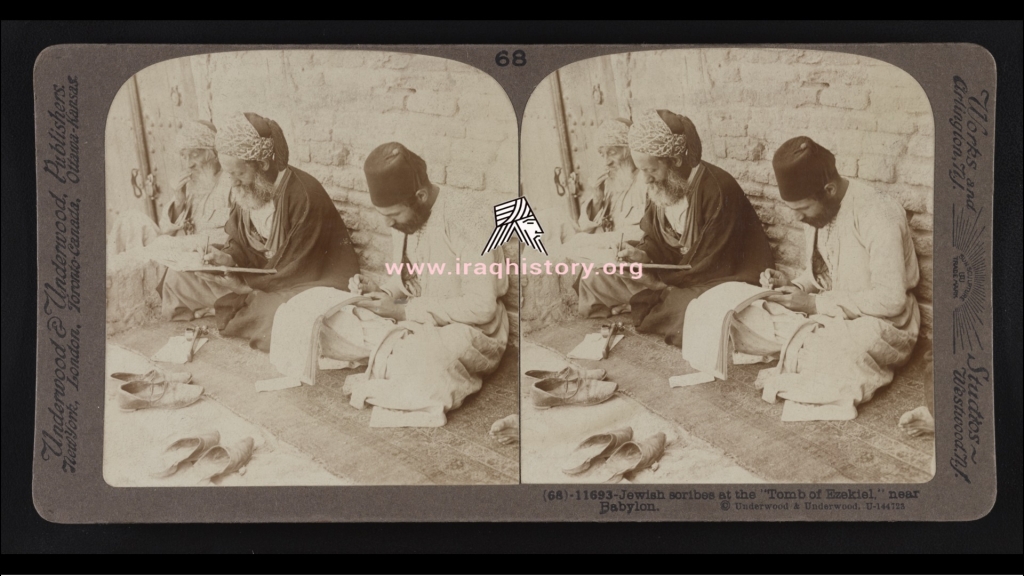
Jewish scribes at the Tomb of Ezekiel, near Babylon digital file from original
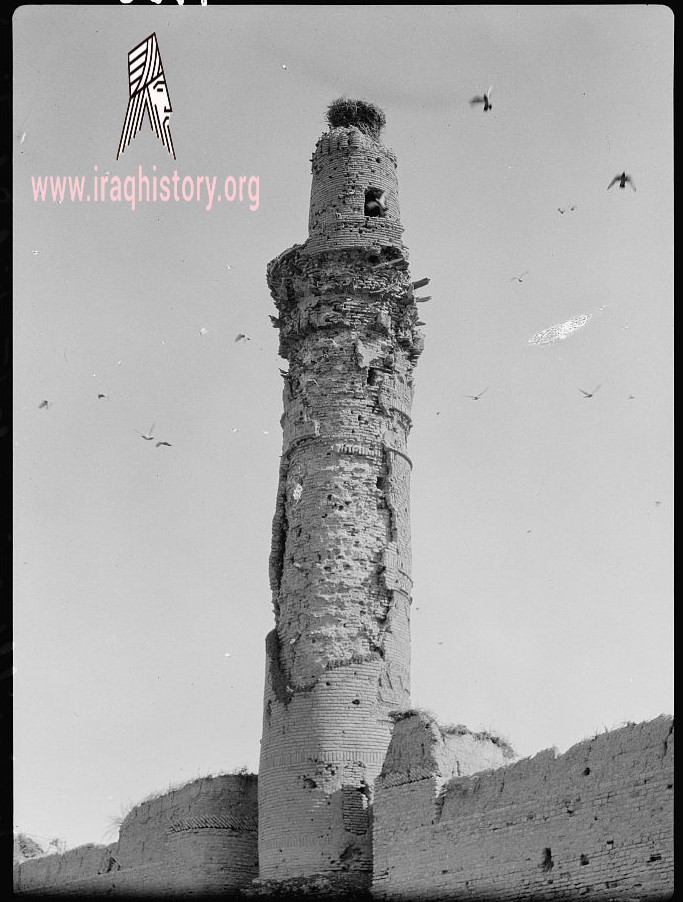
Kifl [Muslim] village with a Jewish shrine to the prophet Ezekiel. Moslem minaret. Close to the Jewish shrine
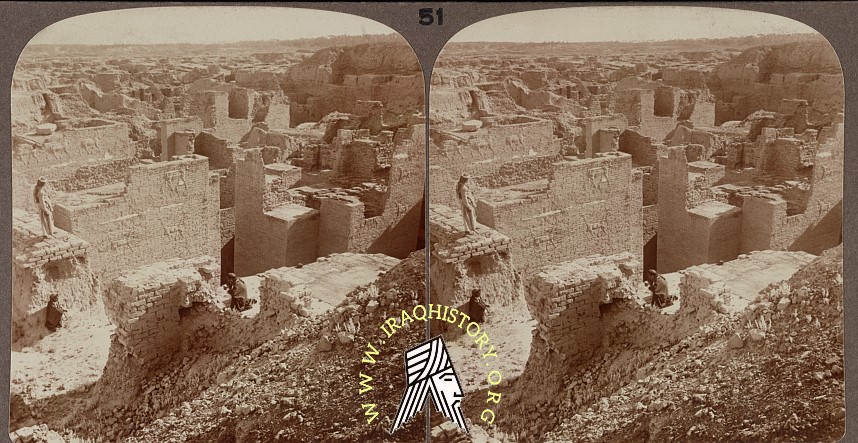
Desolate ruins of mighty Babylon, showing palace of Nebuchadnezzar (6th Cen. B.C.)
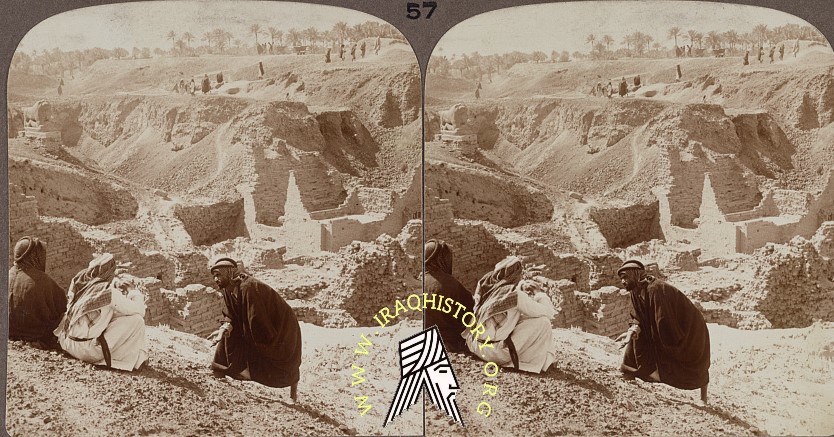
Excavated homes of Nebuchadnezzar and Nepopolasser in El Kasr Mound
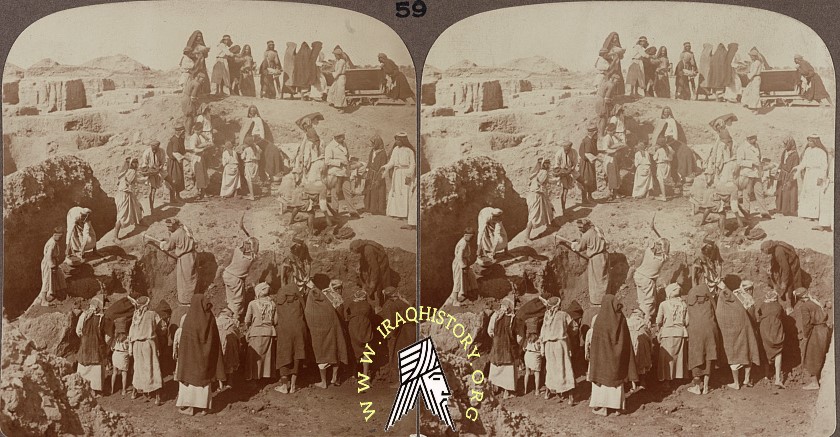
Excavators unearthing the remains of ancient Babylon
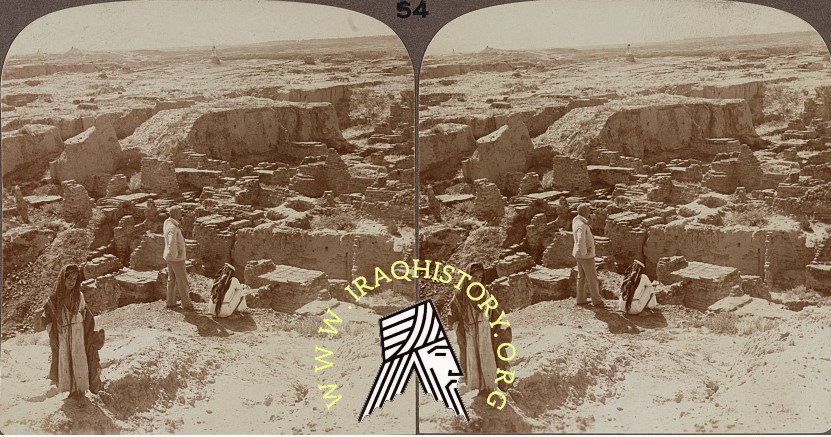
General view south from El-Kasr over ruins of Nebuchadnezzar’s Babylon
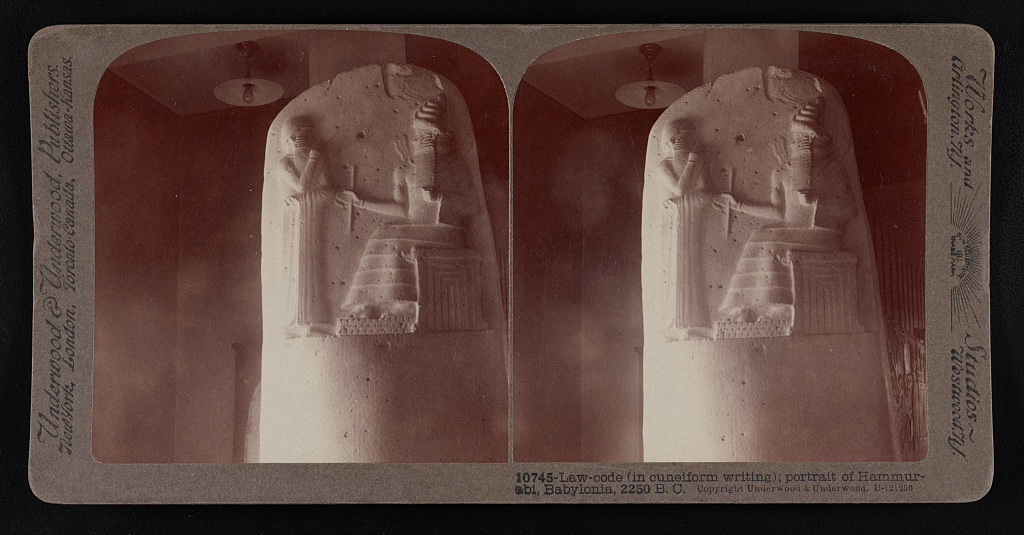
hamurabi
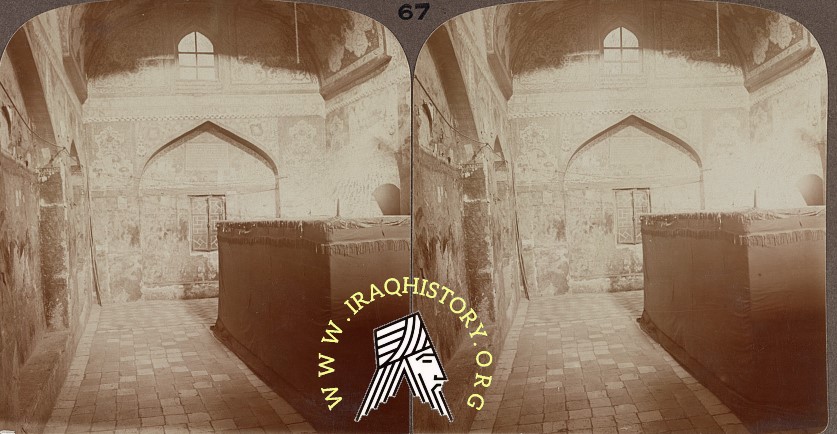
Interior of Tomb Ezekiel at Kefil
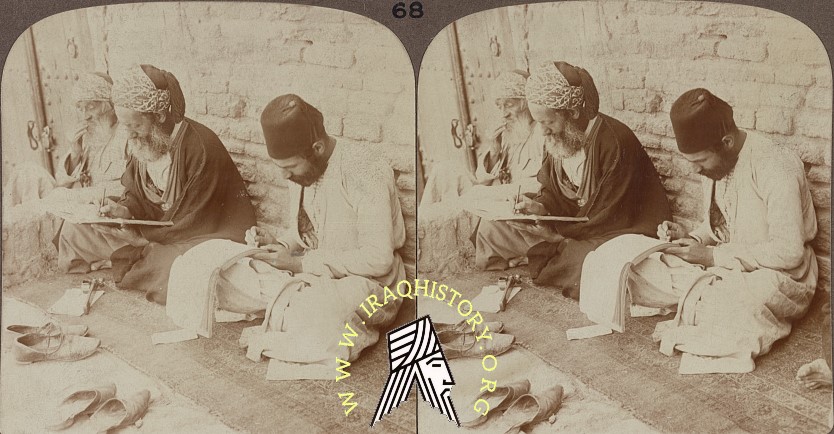
Jewish scribes at the Tomb of Ezekiel near Babylon

Mound of Babil, – site of royal city of Nebuchadnezzar, Babylon
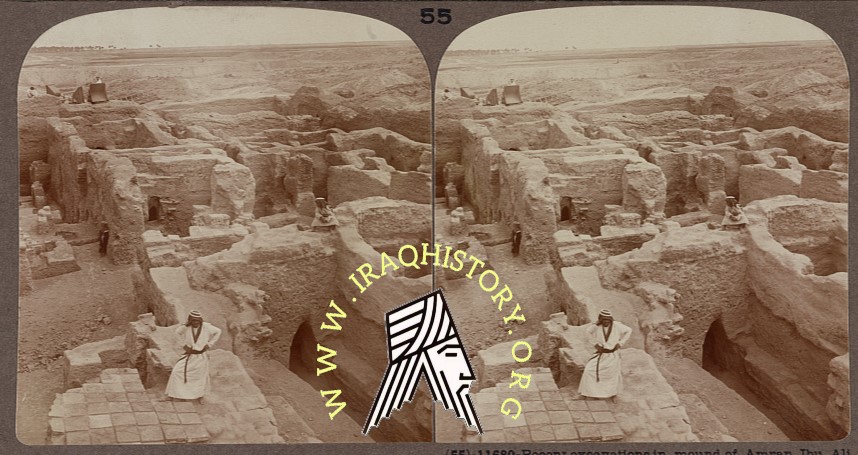
Recent excavations in mound of Amran Ibu Ali, looking north, Babylon
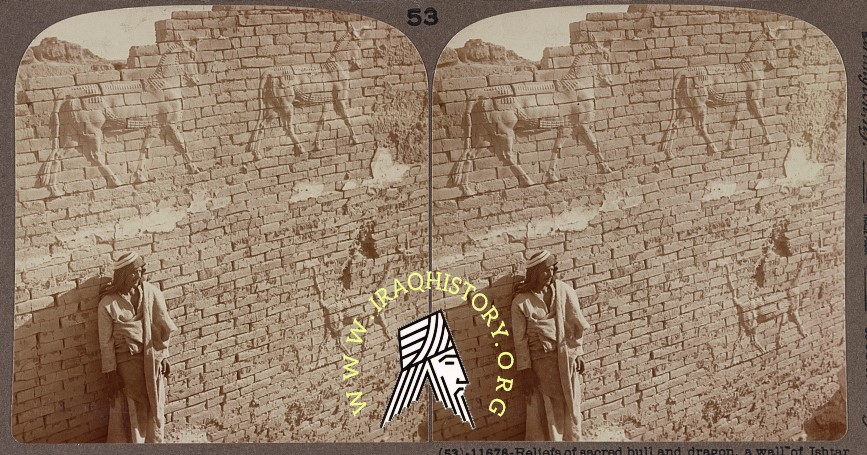
Reliefs of sacred bull and dragon, a wall of Ishtar Gate, Babylon
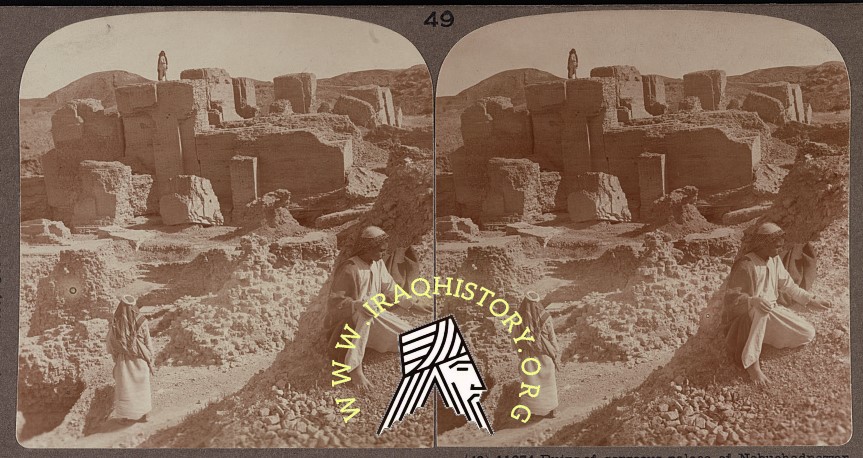
Ruins of gorgeous palace of Nebuchadnezzar, Babylon

Arab village of Babylon


